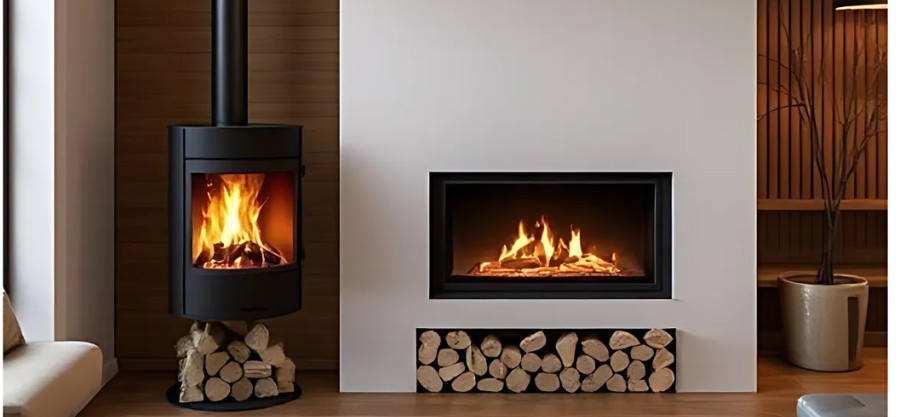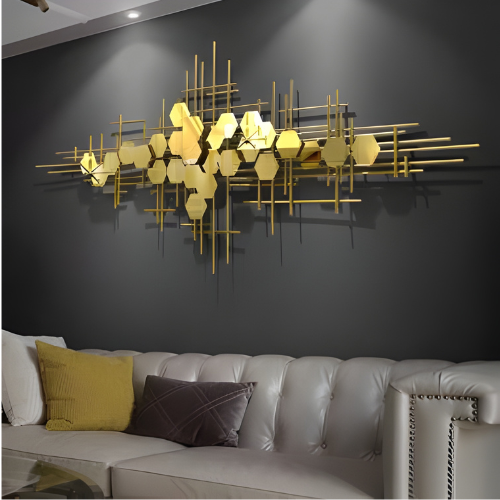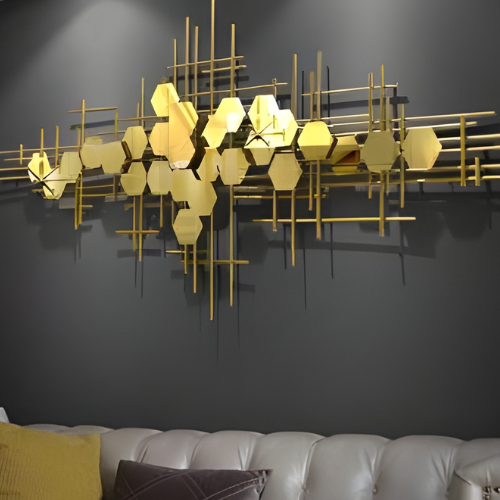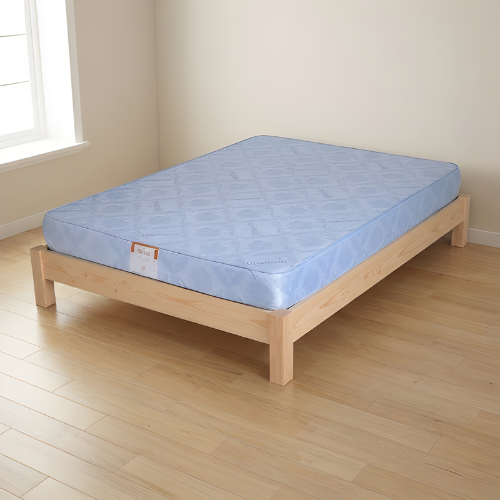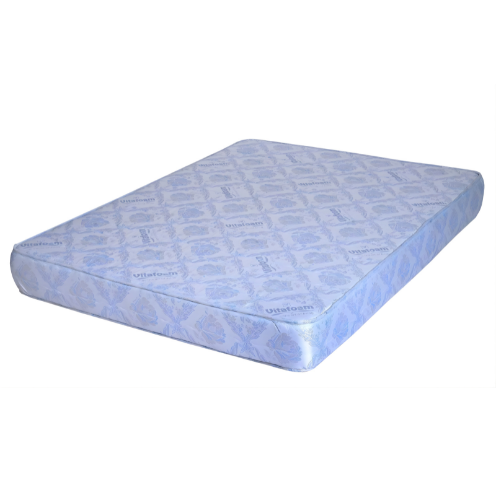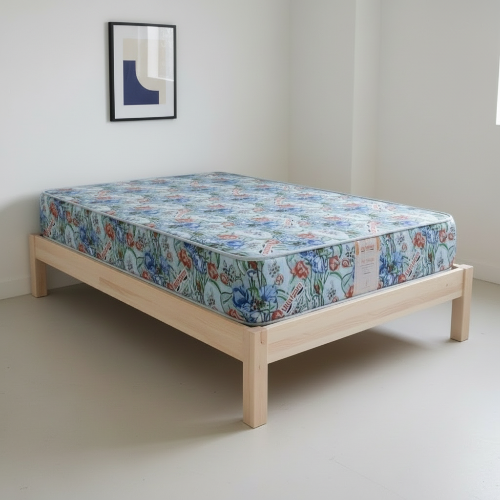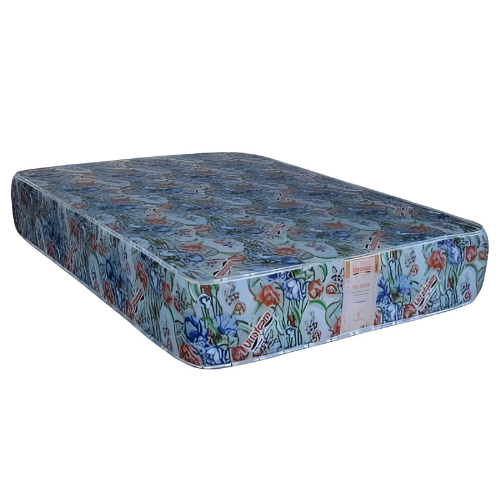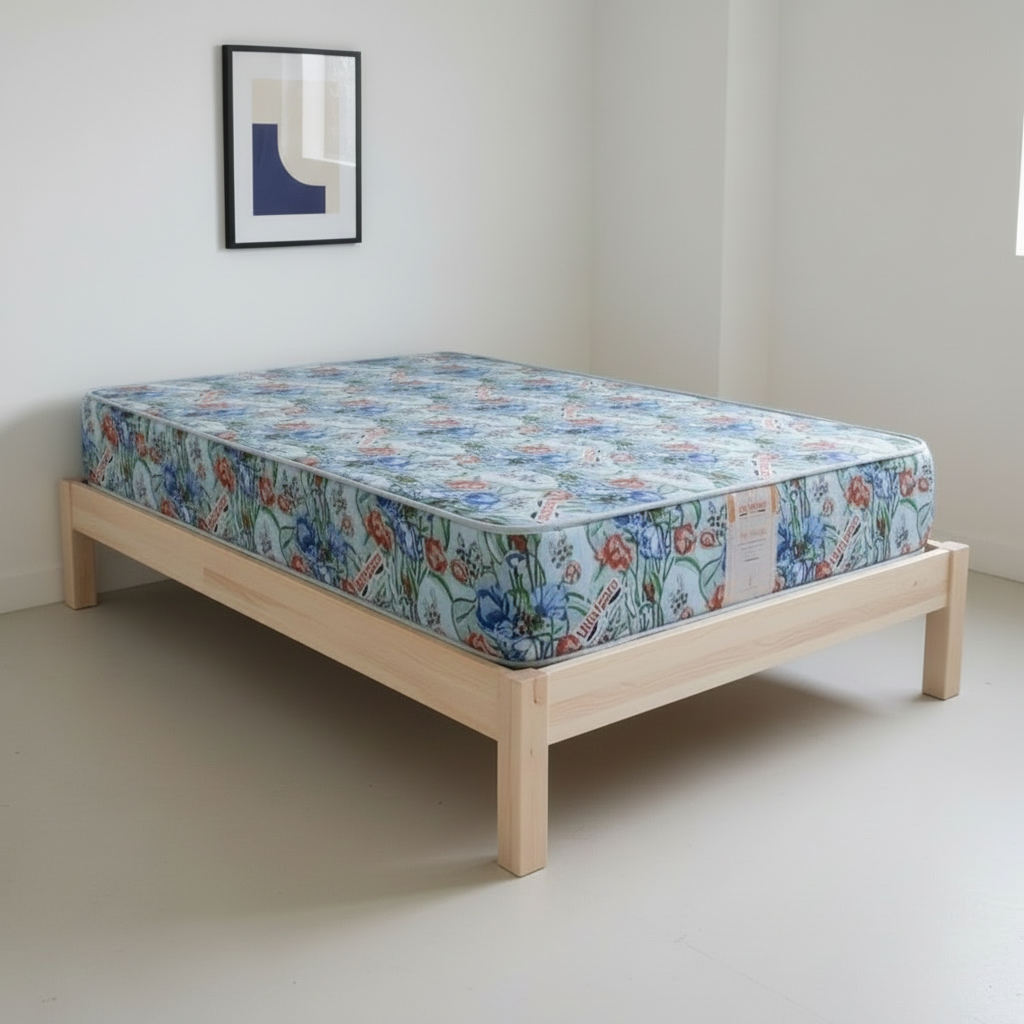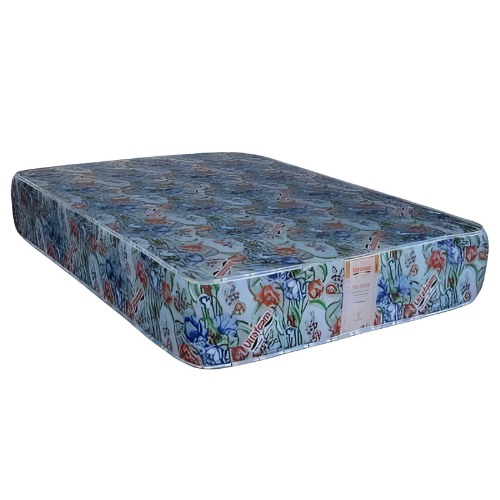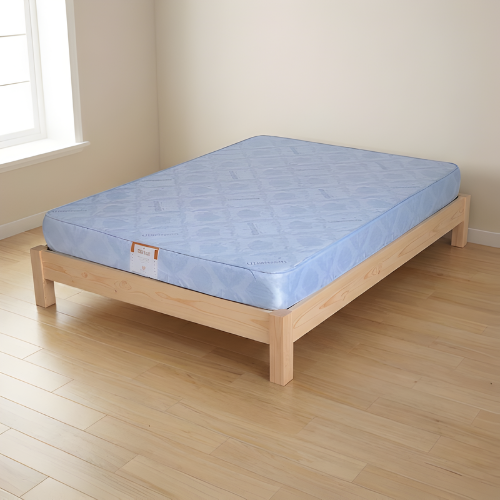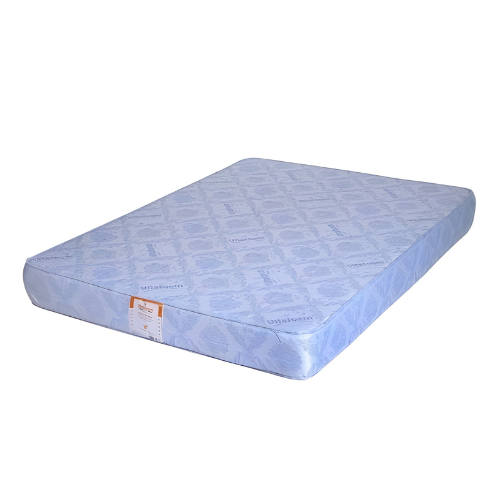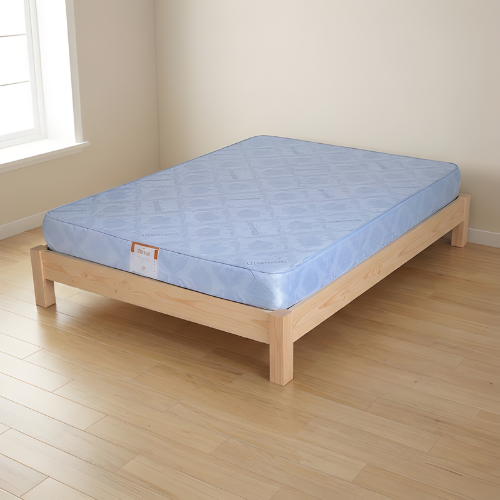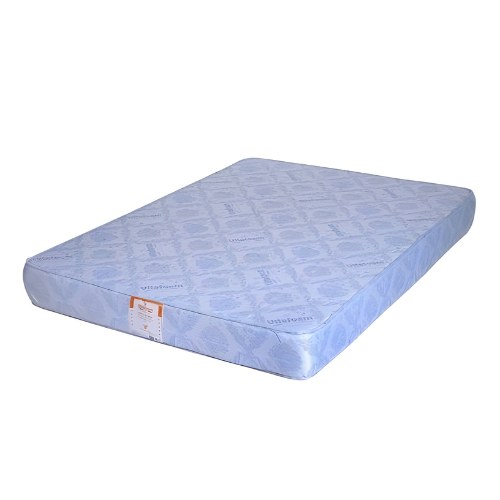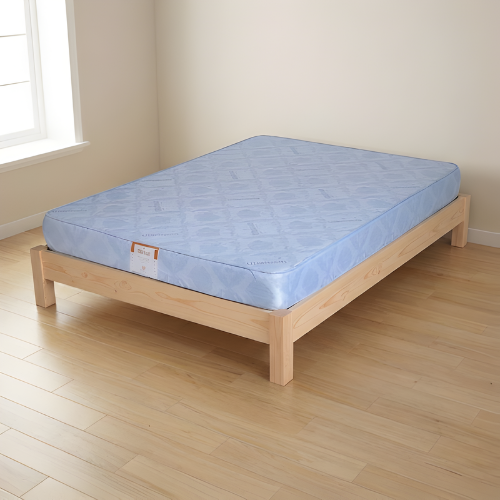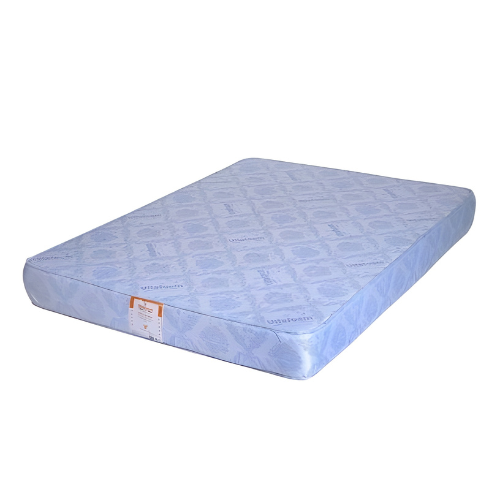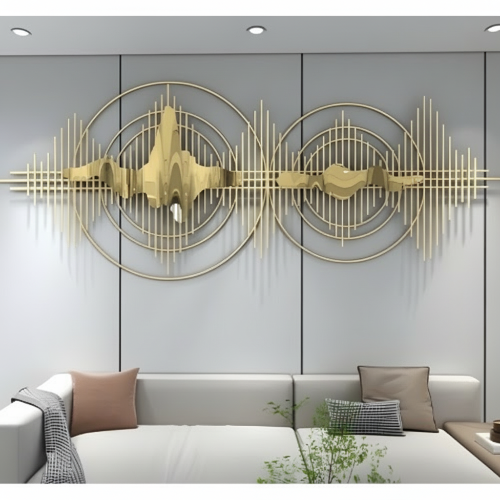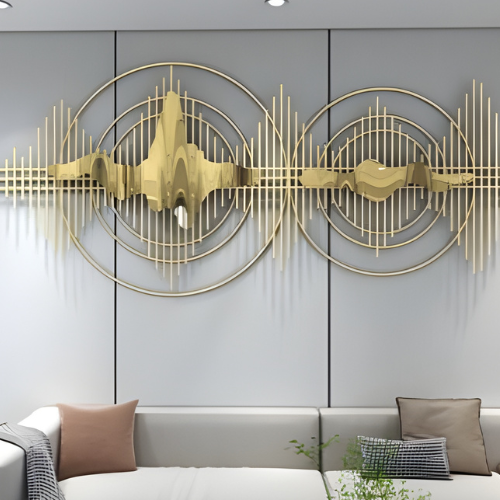Have you ever walked into a cosy living room and felt a wave of comforting warmth from a crackling fire? Do you long to gather friends and family around a glowing hearth, no matter how chilly the Australian winter gets? Perhaps you’re thinking about upgrading your home with an eye-catching centrepiece. If so, a modern freestanding wood fireplace could be just the ticket.
In this blog post, we’ll investigate everything you need to know about wood fireplace installation in Australia. From sorting out council approvals to picking the right design, we’ll break down the journey step by step. We’ll also explore some common questions, such as how much it costs to install a freestanding fireplace or whether you can tackle the installation yourself.
By the end of this guide, you’ll feel confident about choosing, positioning, and enjoying your freestanding wood fireplace. It’s about more than warmth—it’s about bringing a stylish, timeless feature into your home. So, grab a cuppa and settle in as we explore the ins and outs of installing a fireplace in Australia, ensuring you’re ready to take on this rewarding home improvement project.
Overview of Modern Freestanding Wood Fireplaces
Modern freestanding wood fireplaces have come a long way from the traditional brick hearths you might recall from yesteryear. These days, they’re available in sleek shapes, compact sizes, and energy-efficient designs. You can find models made from contemporary materials like steel and cast iron or opt for a classic aesthetic that still packs plenty of heat output.
One of the biggest perks of going freestanding is the flexibility in placement. Unlike built-in fireplaces that must sit against an existing wall, a freestanding unit can often be installed in the corner or even the middle of a room, depending on the flue arrangement. Plus, this design typically makes cleaning and maintenance more straightforward, because you can often access the firebox and flue more easily.
When you’re researching your options, it helps to consider elements like air flow, flue length, and heat distribution. Some fireplaces use advanced technology to circulate warm air effectively, meaning you can heat a larger area without cranking up the temperature too high. Modern freestanding models also often use less wood per hour than older styles, which helps keep your ongoing costs under control.
Benefits of a Wood Fireplace in Australia
Australia’s climate varies wildly, but a wood fireplace can provide a reliable heat source in almost any region. Many homeowners love the authentic crackling of timber, along with the mesmerising flicker of flames that you just can’t replicate with an electric heater. This natural ambience helps transform any living space into a welcoming haven.
Another nice benefit is the reduction in energy bills, particularly if you live in a cooler region. The cost of wood may be more affordable compared to running a power-hungry central heating system, especially if you have access to discounted firewood. If used responsibly, wood can also be a more sustainable energy option. When managed forests are replanted, burning timber can be considered carbon neutral, as new growth helps offset emissions created during burning.
Beyond the practical perks, wood fireplaces add style points to your home. A modern freestanding unit can become a stunning focal point, looking right at home in a variety of interior design schemes. You can personalise your fireplace with different trims, finishes, and mantel designs—creating a signature look that’s both warm and inviting.
Why Install a Freestanding Wood Fireplace?
Freestanding wood fireplaces might not be the first thing you think of when planning a home upgrade, but they offer some unique advantages. Primarily, they create that sense of homeliness you can’t always achieve with electric or gas heating methods. There’s a reason Australians often gather around the fire for a chat, especially on those brisk winter evenings.
Energy Efficiency and Cost Savings
When it comes to heating, wood is a strong contender in terms of cost-effectiveness. Modern wood fireplaces tend to be designed with clean-burning features that help increase efficiency. That means you can produce plenty of heat without burning through heaps of logs. Over time, using timber from sustainable sources may be cheaper than running electric heating, particularly if energy prices keep climbing.
As you plan your wood fire installation, it’s essential to check the energy rating of different models. Many manufacturers provide information on average heat output and efficiency levels. Aim for a fireplace that aligns with your room size, so you’re not overspending on a unit that’s too large or underheating the space with one that’s too small.
Ambience and Aesthetic Appeal
Aside from practicality, the ambience a freestanding wood fireplace brings is a major selling point. There’s something quite magical about the warm glow of dancing flames, especially when the weather cools down. A carefully chosen model can create a design statement in both contemporary and traditional homes.
Freestanding fireplaces often become the hub of family life. Picture everyone gathered around, playing board games or sharing stories. It’s a comforting environment that fosters connection. Plus, you get the added charm of the familiar crackling sound of wood and the gentle aroma of burning timber—perfect for turning an ordinary night in into a memorable experience.
Environmental Considerations
Installing a fireplace in Australia can be done with an environmental mindset. If you source your wood from sustainably managed forests, you’re supporting a cycle that offsets emissions with new tree growth. Using a high-efficiency model also cuts down on smoke and particulate emissions, helping you stay on the right side of local regulations.
Additionally, some councils have restrictions on wood-burning fireplaces in overly polluted areas, so it’s worth double-checking your region’s standards. Modern freestanding models commonly feature air-wash systems that keep the glass door cleaner, along with dual-combustion technology that burns off excess gases and creates a cleaner flame. This approach helps you enjoy the fireplace experience while lessening your environmental impact.

Factors to Consider Before Installation
Choosing the right fireplace is about more than simple aesthetics. You’ll need to think about your home layout, heating requirements, safety protocols, and of course, your budget.
Room Size and Heat Output Requirements
The relationship between room size and fireplace power is crucial. A fireplace that’s too large for a small living area may leave you roasting, while an underpowered unit won’t tackle that mid-winter chill effectively. Most fireplace manufacturers clearly state the approximate area their models can heat.
To get the right match, measure your room and note details like ceiling height and how well-insulated the space is. You don’t want to install a fireplace that blasts too much heat in a small space, as you’ll find yourself cracking windows to let the excess warmth out. On the other hand, a large open-plan home might demand a bigger, more powerful model.
Floor and Wall Protection
The heat output from wood fireplace installation can be intense, so it’s vital to protect floors and nearby walls. Many freestanding models require a hearth that extends a specific distance to guard against stray embers or sparks. You can opt for materials like tiles, brick, or specialised hearth pads.
Likewise, the walls behind and around the fireplace may need shields or clearance zones. Some fireplaces include built-in heat shields, but you could also install non-combustible boards to protect plaster walls. Double-check your fireplace’s manual for the recommended clearances, as ignoring these guidelines can present fire hazards and invalidate your warranty.
Budget and Ongoing Costs
Finally, think about not just the initial cost of the fireplace and installation but also the running and maintenance expenses. The price of firewood varies, so sourcing from local suppliers or buying in bulk can reduce your ongoing costs. You’ll also want to factor in annual chimney cleaning and potential replacement parts such as fire bricks or door seals.
While a freestanding wood fireplace can be more cost-efficient over time, especially in colder regions, the upfront investment can still be considerable. By planning carefully and comparing models, you can find a fireplace that meets your heating demands without overshooting your budget.
Choosing the Right Wood Fireplace
Selecting the right fireplace involves balancing performance, style, and price. You’ll find a multitude of options on the Australian market, so it pays to do your homework before handing over any cash.
Types of Freestanding Wood Fireplaces
There’s no shortage of designs when it comes to freestanding fireplaces. Some models are cylindrical and sleek, perfect for a minimalist home, while others have a large panoramic glass door offering an unobstructed view of the flames. You can also find units with built-in cooktops, which come in handy during power outages or for slow-cooking stews.
Additionally, there are convection fireplaces designed to circulate warm air more efficiently, and radiant fireplaces that emit direct heat from the outer surface. Convection models are often better for larger spaces, while radiant units are effective in warming smaller rooms or areas with high ceilings. Knowing how the heat is distributed will help you decide which type suits your home best.
Selecting the Right Size and Design
When it comes to design, think about how your new freestanding fireplace will blend with your décor. If your home has a contemporary theme, you might lean towards a streamlined steel unit. For a more rustic style, a cast iron model can introduce a timeless charm.
In addition to aesthetics, size is key. A fireplace that’s too tall or bulky might overpower your living space. Conversely, a small unit might look lost in a big open area. To make the most of your investment, pick a fireplace that heats your home effectively while complementing your interior design.
Popular Brands and Models in Australia
Some well-known brands in the Australian market include Masport, Nectre, and Kemlan, among others. These companies typically offer warranties and spare parts, which gives you peace of mind down the track. Each brand often has a range of models at different price points, so it’s worth comparing features like efficiency ratings, flue configurations, and build quality.
Reading reviews from other homeowners can provide valuable insights into long-term performance and reliability. It’s also worth visiting a showroom, if possible, to see the fireplaces in person. That hands-on experience might help you decide which model is truly right for you, especially when it comes to design and finishing touches.

Step-by-Step Guide to Wood Fire Installation
Though you might hire a professional, understanding the process of installing a fireplace can help you plan effectively. A well-thought-out approach reduces stress and helps you stick to local regulations.
Site Preparation and Safety Precautions
Begin by choosing your installation spot. Make sure there’s enough space around the fireplace for maintenance, and confirm you have an appropriate flue path up through the ceiling and roof. Next, clear out furniture and delicate objects from the area. Keep a fire extinguisher or fire blanket close at hand, just in case.
Before any physical work begins, it’s essential to check the manufacturer’s installation guidelines. These instructions detail minimum clearances, floor protection needs, and any materials you’ll require. Plus, ensure you have protective gear—such as gloves, goggles, and work boots—to stay safe during the project.
Installing the Hearth and Surround
Your hearth is typically the first component to go in. Whether it’s a tile layout or a prefabricated hearth pad, follow the measurements recommended for your chosen fireplace model. Keeping the hearth level is critical for stability and for preventing any wobble.
Once that’s in place, think about the surround. Some homeowners opt for a simple heat shield, while others might build a feature wall or tiled backdrop. Ensure you’re using flame-retardant materials and meeting the clearance distances specified in the manual.
Chimney and Flue Installation Requirements
Next on the agenda is the chimney, or more accurately, the flue system for a freestanding fireplace. The flue needs to be installed securely, often passing through a fire-rated ceiling plate and roof flashing. Gaps around the flue should be sealed with high-temperature sealants to prevent leaks.
It’s also worth noting some flue systems include multiple sections that must be joined correctly. Each connection needs to be aligned so that smoke moves smoothly upward, reducing the chance of backdrafts. Double-check that your flue extends far enough above the roofline to draw smoke safely away.
Positioning and Securing the Fireplace
With the hearth and flue in place, you can move the fireplace onto its designated spot. Use a spirit level to check that the unit sits perfectly upright. In many cases, you’ll need to anchor the fireplace to the floor or wall for stability, especially in areas prone to earthquakes or strong vibrations.
Make sure there’s enough space around the firebox door to load and remove wood without risk of knocking into furniture. It’s also smart to test the door latch to make sure it feels sturdy and seals securely. A solid door seal improves burning efficiency and helps maintain consistent heat output.
Sealing, Insulation, and Final Checks
Finally, seal any gaps between the fireplace panels and the flue, looking for potential drafts. High-temperature insulation can be added in select areas to help maintain heat within the firebox, improving the overall performance.
Once you’re done, do a test burn. Light a modest fire and watch how the smoke flows through the flue. Check for any unusual odours or leaks. If everything works as expected, congratulations—you’ve successfully completed the wood fire installation process.

Placement Tips and Interior Design Considerations
Freestanding fireplaces can become a striking centrepiece, but it’s vital to place them thoughtfully. The goal is to maintain safety and functionality while also drawing attention in the best possible way.
Ideal Locations for Freestanding Fireplaces
The living room is often the most common choice, but a well-placed fireplace can also enhance a large dining area or open-concept space. Some homeowners place them near an outside-facing wall for easier flue installation. Others put them centrally to spread heat more evenly throughout the house.
Ultimately, you’ll need to weigh up safety, flue logistics, and convenience. For example, you’ll need to make sure no windows or doors create drafts that interfere with the fire’s efficiency. Also, keep the fireplace within a reasonable distance from your wood supply, so you’re not trudging too far on a cold night.
Creating a Focal Point in Your Living Space
A freestanding wood fireplace can be an instant focal point. By situating it where sight lines naturally converge, you encourage people to gather around it. Consider using a contrasting colour or texture on the wall behind it—a darker paint shade or a stone veneer—so the fireplace really pops.
Adding a mantel or decorative shelf above the fireplace can also anchor the area, giving you a spot for treasured photos or small sculptures. With a few thoughtful design touches, your fireplace can serve as an artistic statement in addition to a practical heat source.
Integrating Classic and Modern Décor
Whether your home is old-fashioned, ultra-modern, or somewhere in between, you can find a fireplace design to match. Sleek metallic finishes fit right in with minimalist décor, while a stone or brick surround leans towards rustic charm. If you’re mixing styles, a simple mantel paired with contemporary artwork can seamlessly bridge traditional and modern elements.
When choosing furniture, keep the area in front of the fire open if possible. This not only allows safe access to the firebox but also creates a comfortable zone where people can sit and soak up the warmth. Don’t forget to place fire tools and a sturdy log basket nearby, making your wood fireplace installation as functional as it is stylish.
Ongoing Care and Maintenance
Even after you’ve successfully set up your new fireplace, a bit of TLC keeps it running smoothly. With the right approach, your freestanding wood fireplace can last for decades, standing the test of time.
Extending the Lifespan of Your Fireplace
Regular servicing by a qualified professional is one of the best ways to extend your fireplace’s lifespan. During a service, they’ll assess the firebox, flue, door seals, and other components, making small adjustments as needed. A yearly check-up often catches minor faults before they escalate.
Lighting fires correctly also helps. Start small, add fuel gradually, and allow the fireplace to warm up steadily. Avoid using treated timber or painted wood, as burning them can release harmful chemicals and damage the interior of your fireplace. By keeping up with these good habits, you’ll enjoy reliable heat year after year.
Conclusion
Summing up, installing a freestanding wood fireplace in Australia offers far more than just a practical heating solution. It taps into a timeless tradition of gatherings around a cosy fire, turning even the simplest of nights at home into something special. Modern designs look fantastic, with sleek lines and efficient burn rates that market them as both eco-friendly and wallet-friendly options.
We’ve covered everything from the regulatory phone calls you’ll need to make, to choosing the right style, to ensuring your chimney stands the test of time. While it can seem daunting at first, a methodical step-by-step approach—or better yet, a professional installer—makes the process a whole lot easier. Keep your local council requirements in mind, and pay special attention to clearance distances, floor protection, and good-quality firewood.
Ultimately, the glowing flames and comforting warmth of a freestanding wood fireplace transform your living space into a welcoming retreat. If you’re keen on something that combines practicality, atmosphere, and aesthetic appeal, this home improvement project could be right up your alley. Whether you’re sipping hot chocolate with the family or simply enjoying a quiet evening on your own, a well-installed wood fire is sure to become a cherished feature in your home for years to come.
Author Bio:
Jessica Curry is a professional writer who shares knowledge and ideas about home improvement, health, business, and automotive, which will be informative for readers who love to gain knowledge.
https://www.facebook.com/jessi07
https://twitter.com/jessicacurry071
https://www.pinterest.com.au/jessicacurry07/



